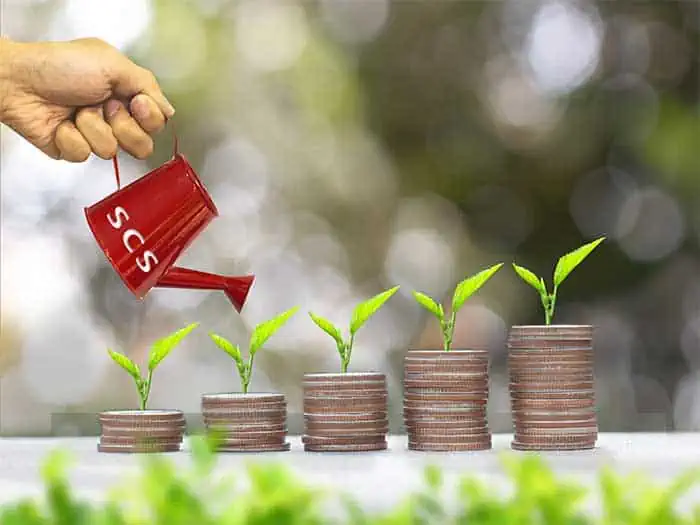


Many companies are scrambling in anticipation of new and pending climate change disclosure requirements. There is much activity, but it doesn’t mean it’s the best or right activity to provide real investment returns on efforts to meet sustainability goals.
In March 2022, the U.S. Securities and Exchange Commission (SEC) announced a proposed rule requiring certain climate-related disclosures in initial filings and annual financial reports. Following several months of silence, the SEC has revealed that the final vote on the Climate Change Disclosure rule has been delayed again until Spring 2024. The final adoption delays result from several groups challenging aspects of the proposed rule. The good news is that this will provide a little more runway for companies to gauge their sustainability programs, allowing time to monitor progress and ensure achieving the desired results.
The SEC’s proposal is similar to the International Financial Reporting Standards Foundation corporate reporting standards for sustainability and climate risk established by the International Sustainability Standards Board (ISSB). Similar to the SEC, similar regulations in Europe affect global companies, like the European Sustainability Reporting Standards (ESRS), which require ESG reporting for companies in the EU starting January 2024.
In addition, California recently passed SB253, Climate Corporate Data Accountability Act or CCDAA, which affects large companies doing business in California and requires them to disclose emissions publicly. Other states are considering climate accountability regulations in their respective committees as well.
Many leaders are looking at how to get the “biggest bang for their buck” from sustainability plans while adhering to the reporting and monitoring required for for climate change disclosure from regulatory agencies. One of the less complicated areas to explore is the utilization of water.
Many companies don’t have full insight into how they measure and monitor their water use within individual process areas, reporting rough estimates and preliminary data. Using a sustainability consultant with experience mitigating environmental impacts can help supplement your efforts with salient data.
In one case study, SCS Engineers partnered with a steel manufacturer to help them prepare a water stewardship program. The steel facility did not have ample clarity on baseline utilization regarding sustainability metrics. Instead of starting from scratch to research the appropriate benchmarking, the SCS team accessed a breadth of data prepared by others in the industry, demonstrating where the steel manufacturer ranked accordingly.
The steel industry’s approach to sustainability benchmarking is a great example of companies proactively addressing their carbon footprints. The ResponsibleSteelTM standard stems from the large target painted on the industry’s back—the process of creating steel is CO2-heavy and energy-intensive.
Steel companies have come together to develop a holistic green standard to improve their image and reduce environmental impacts. Several other industries have collectively participated in blind studies to capture information on sustainability-related metrics from production, buildings, and campus-level processes. SCS accessed publicly available benchmarking data to demonstrate that its steel client was best in class compared to other facilities and helped planners target the higher return on investment activities.
Many large manufacturers keep operational data close to the vest because they don’t want to share confidential or potentially proprietary information with their competitors, which makes perfect sense.
SCS Engineers has faced these hurdles before, like with a recent energy audit for a large aerospace company. The team found many factors other similar companies had published and used this to establish its benchmarks. Steve Stewart, SCS’s Director of Sustainability, says, “Our approach includes taking a handful of sustainability aspects and investigating how the client compares with similar facilities. Then we can start to develop a strategy to see what moves the needle.”
The main question is: where do you invest your sustainability dollars now for the biggest impact? Most focus on greenhouse gasses, so looking at a company’s direct emissions activities is a natural place to start. “We look at how the company uses electricity and natural gas, then move on to other utilities such as waste and water. These are typically your significant opportunities for improvement,” says Steve.
Accounting firms and consulting companies are on the upstream side of establishing sustainability programs; most lack environmental engineers and scientists’ insight on the most innovative approaches and processes used in designing and implementing cost-effective solutions. In other words—they lack the technical knowledge to solve these issues in the field.
“Management consultants can help program and provide reporting structures, but they don’t always understand the execution and requirements from a ‘boots on the ground’ perspective. That’s where the real results happen and what truly moves the needle in reducing GHGs,” says Stewart.
Knowing what’s coming down the line, companies should now select their environmental partners and ask questions about carbon footprint calculations and climate change disclosures. A major misstep is to view disclosures as a mere compliance requirement since many studies correlate stock price with a company’s commitment to ESG principles.
Additional Climate Change Disclosure Resources:
